aashto bikeway design guide There are fragments below from both the previous 1999 edition as well as the current 2012 edition. Guide shall take precedence because it contains design guidance more current than the 2012 AASHTO Guide.
Aashto Bikeway Design Guide, In the proposed upcoming draft of the updated edition Toole Design has undertaken a comprehensive update to the Guide to. Its sole purpose is to help practitioners make informed decisions for selecting a bikeway. The 2012 AASHTO guide does not cover certain bicycle facility types that are contained in this TxDOT Bicycle Accommodation Design Guidance document.
 Aashto Guide For The Development Of Bicycle Facilities Arizona Bike Law From azbikelaw.org
Aashto Guide For The Development Of Bicycle Facilities Arizona Bike Law From azbikelaw.org
As of the time of this writing the complete guide isnt freely available. Despite the legislative and federal resources to promote bicycling key design guidance continued to echo the desires of vehicular cyclists and their right to the road up until the fourth edition of AASHTOs Guide for the Development of Bicycle Facilities 2012 which reintroduced bikeways with more physical separation but still emphasized design for the confident bicyclist. This guide IS NOT A DESIGN GUIDE which provides dimensional guidance for bikeways. AASHTO Adds Designs to Bikeway Guide But Not Protected Bike Lanes. For example design for separated bike lanes is quickly evolving and as such a flexible design.
Primarily the AASHTO Guide for the Development of Bicycle Facilities 2012 Fourth Edition and the Manual on Uniform Traffic Control Devices 2009.
The purpose of the guide is to provide cities with state-of-the-practice solutions that can help create complete streets that are safe and enjoyable for bicyclists. ÂBike lanes not recommended at front-in angle parking ÂProvides design guidance for bike lanes at front of back-in angle parking. Design guidance for Class IV bikeways separated bikeways is provided in DIB 89. The AASHTO Guide for the Development of Bicycle Facilities is a much-referenced work among bicycle planning and transportation professionals. This guide IS NOT A DESIGN GUIDE which provides dimensional guidance for bikeways.
Another Article :

In denser urban such as downtown andor other recreational areas of the District a lower design speed may be considered following discussion with DDOT staff. The AASHTO Guide for the Development of Bicycle Facilities is a much-referenced work among bicycle planning and transportation professionals. The 2012 AASHTO guide does not cover certain bicycle facility types that are contained in this TxDOT Bicycle Accommodation Design Guidance document. There are fragments below from both the previous 1999 edition as well as the current 2012 edition. FHWA Accessible Shared Streets. FHWA Separated Bike Lane Planning and Design Guide. Key Design Guide To Finally Include Protected Bike Lanes Streetsblog Usa.

The AASHTO Guide for the Development of Bicycle Facilities is the authoritative national design standard for bikeway design. It is part of the Cities for Cycling Initiative. ÂBike lanes not recommended at front-in angle parking ÂProvides design guidance for bike lanes at front of back-in angle parking. Design guidance for bikeways should be referenced from AASHTO FHWA MUTCD and NACTO sources. National Association of City Transportation Officials NACTO has created a new urban bikeways design manual based in large part on designs that have been innovated or adapted by their member cities which includes bike-friendly notables such as New York Portland San Francisco Minneapolis and Seattle among others. FHWA Measuring Multimodal Network Connectivity. Key Design Guide To Finally Include Protected Bike Lanes Streetsblog Usa.
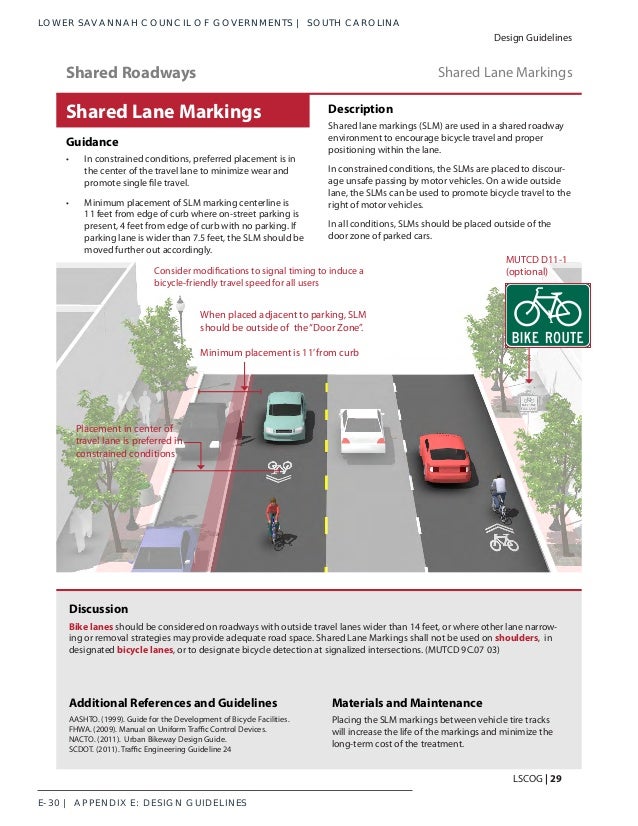
Design guidance for bikeways should be referenced from AASHTO FHWA MUTCD and NACTO sources. Design guidance for Class IV bikeways separated bikeways is provided in DIB 89. Guide shall take precedence because it contains design guidance more current than the 2012 AASHTO Guide. This guide IS NOT A DESIGN GUIDE which provides dimensional guidance for bikeways. This basic bikeway design guidance was drawn from a variety of sources. The guide is geared towards. Lscog Bicycle And Pedestrian Regional Plan 2012.

OVERVIEW The sections that follow serve as an inventory of bicycle design treatments and provide guidelines for their development. The AASHTO Guide for the Development of Bicycle Facilities also provides. Toole Design staff have a history of involvement in preparing this Guide dating back to the 1990s. This document is primarily used for shared use paths designed as bicycle facilities. Absolute minimum bike lane width is 4 ft 12 m when no curb and gutter is present or 5 ft 15 m when adjacent to a curbface guardrail other vertical surface or on-street parking stalls AASHTO Bike Guide 2012. For example design for separated bike lanes is quickly evolving and as such a flexible design. Lscog Bicycle And Pedestrian Regional Plan 2012.
ÂBike lanes not recommended at front-in angle parking ÂProvides design guidance for bike lanes at front of back-in angle parking. In denser urban such as downtown andor other recreational areas of the District a lower design speed may be considered following discussion with DDOT staff. AASHTO definitions relate to planning design and operation of bikeway facilities. This guide IS NOT A DESIGN GUIDE which provides dimensional guidance for bikeways. This document is primarily used for shared use paths designed as bicycle facilities. AASHTO Guide for the Development of Bicycle Facilities National The AASHTO Guide for the Development of Bicycle Facilities is the authoritative national design standard for bikeway design. Design Transportation Org.
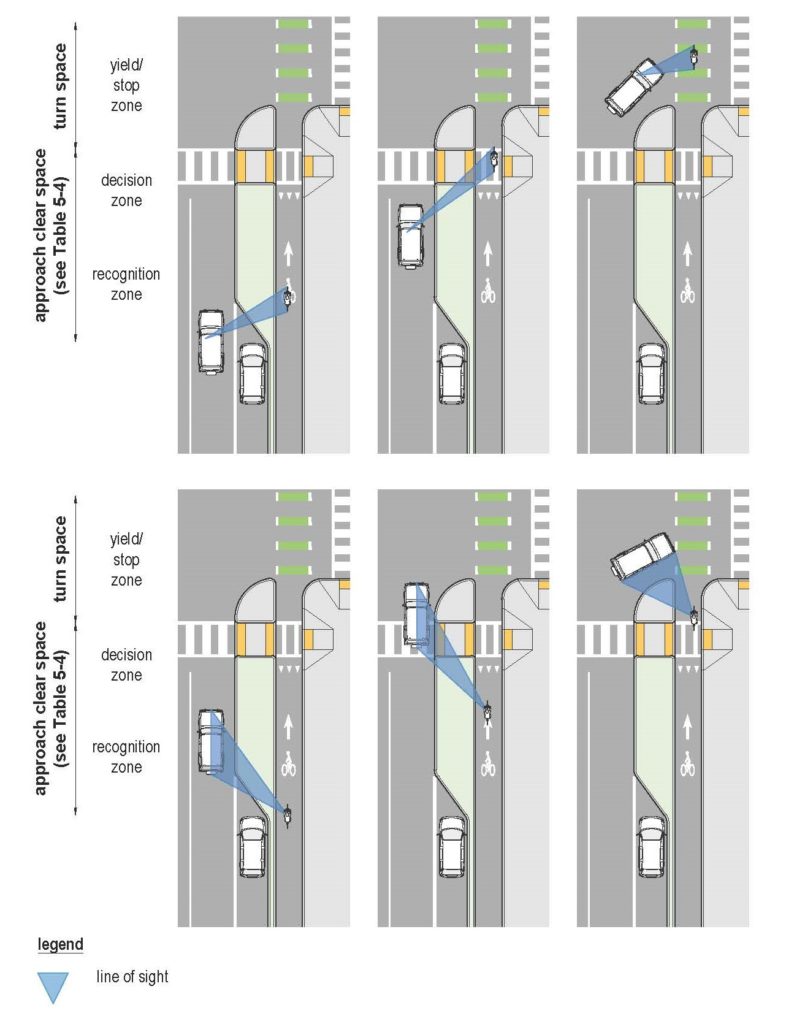
AASHTO Task Force on Geometric Design. All terms are based on AASHTO or MUTCD unless otherwise noted. The guide is geared towards. The purpose of the guide is to provide cities with state-of-the-practice solutions that can help create complete streets that are safe and enjoyable for bicyclists. Bikeway Design Guide Most treatments are not directly referenced in AASHTO Guide to Bikeway Facilities MUTCD Many elements of treatments are found within these documents MUTCD Approval Status Bike Signal still classified as experimental by FHWA. ÂNew guidance intersections crossings and side paths ÂBollards are discouraged ÂNo single design speed Â5 grade no landings refer to US Access Bd. Aashto Guide For The Development Of Bicycle Facilities Toole Design.

The guide is geared towards. National Association of City Transportation Officials NACTO has created a new urban bikeways design manual based in large part on designs that have been innovated or adapted by their member cities which includes bike-friendly notables such as New York Portland San Francisco Minneapolis and Seattle among others. The National Association of City Transportation Officials NACTO created the Urban Bikeway Design Guide. DESIGN GUIDELINES6 The Pedestrian and Bicyle Information Center NACTO AASHTO the MUTCD nationally recognized bikeway standards and other sources have all informed the content of this chapter. It is not intended to set forth strict standards but rather to present sound guidelines that will be valuable in attaining good design sensitive to the needs of. AASHTO definitions relate to planning design and operation of bikeway facilities. Aashto Guide For The Development Of Bicycle Facilities Arizona Bike Law.

This guide provides information to help accommodate bicycle traffic in most riding environments. Bikeway Selection Guide Complements FHWA Achieving Multimodal Networks August 2016. Bicycle Facility Design Guide 2-3. Its sole purpose is to help practitioners make informed decisions for selecting a bikeway. In denser urban such as downtown andor other recreational areas of the District a lower design speed may be considered following discussion with DDOT staff. OVERVIEW The sections that follow serve as an inventory of bicycle design treatments and provide guidelines for their development. Bicycle Road Safety Audit Guidelines And Prompt Lists Safety Federal Highway Administration.
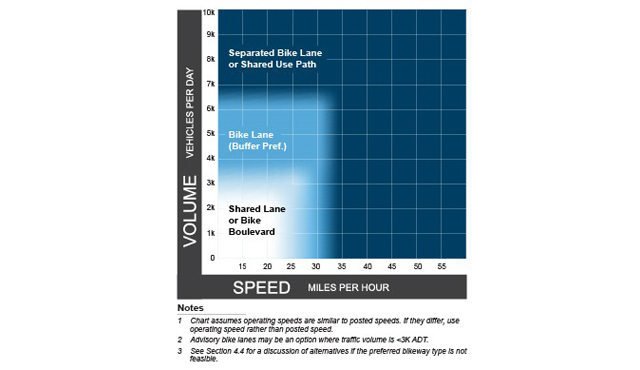
The 2012 is the most recent final version. Typical Wayfinding Signs. ÂNew guidance intersections crossings and side paths ÂBollards are discouraged ÂNo single design speed Â5 grade no landings refer to US Access Bd. It is not intended to set forth strict standards but rather to present sound guidelines that will be valuable in attaining good design sensitive to the needs of. The purpose of the guide is to provide cities with state-of-the-practice solutions that can help create complete streets that are safe and enjoyable for bicyclists. AASHTO Task Force on Geometric Design. Aashto Guide For The Development Of Bicycle Facilities Toole Design.
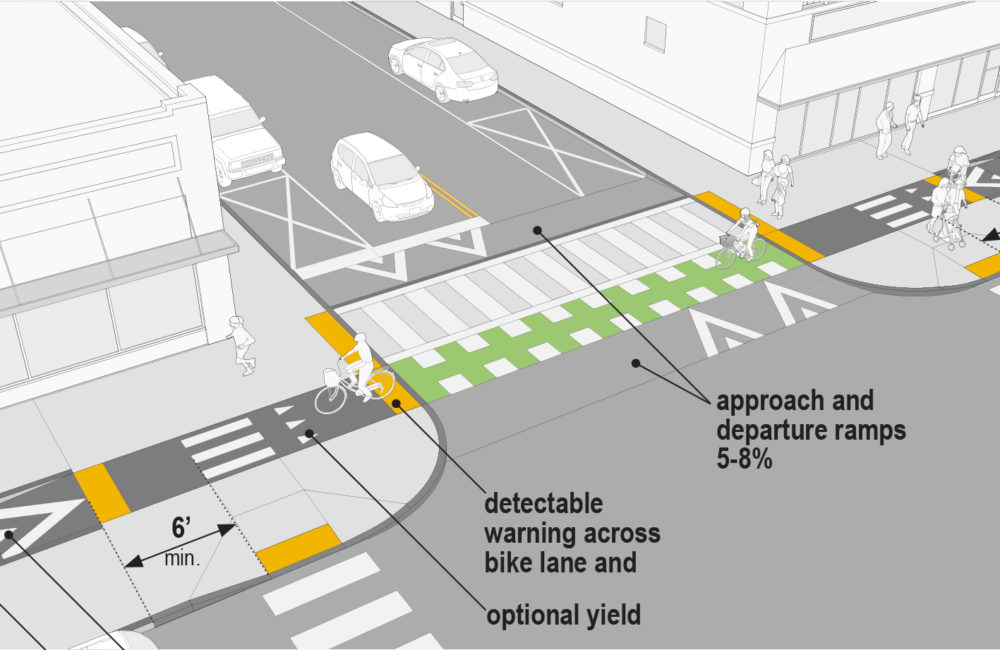
The 2012 AASHTO guide does not cover certain bicycle facility types that are contained in this TxDOT Bicycle Accommodation Design Guidance document. Bikeway Design Guide Most treatments are not directly referenced in AASHTO Guide to Bikeway Facilities MUTCD Many elements of treatments are found within these documents MUTCD Approval Status Bike Signal still classified as experimental by FHWA. This guide IS NOT A DESIGN GUIDE which provides dimensional guidance for bikeways. Design guidance that addresses the mobility needs of bicyclists on all roads as well as on Class II bikeways bike lanes is distributed throughout this manual where appropriate. The 2012 AASHTO guide does not cover certain bicycle facility types that are contained in this TxDOT Bicycle Accommodation Design Guidance document. Its sole purpose is to help practitioners make informed decisions for selecting a bikeway. Aashto Guide For The Development Of Bicycle Facilities Toole Design.
The June 20 2007 Proposed Architectural Barriers Act Accessibility Guidelines for Outdoor Developed Areas AGODA. The purpose of the guide is to provide cities with state-of-the-practice solutions that can help create complete streets that are safe and enjoyable for bicyclists. Bikeway Selection Guide Complements FHWA Achieving Multimodal Networks August 2016. Bicycle Facility Design Guide 2-3. The MUTCD is the national standard for all traffic-control devices installed on any street highway bikeway or private road open to public. The 2012 is the most recent final version. Decision Making Support For Bikeway Selection Institute Of Transportation Engineers.
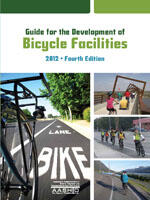
Primarily the AASHTO Guide for the Development of Bicycle Facilities 2012 Fourth Edition and the Manual on Uniform Traffic Control Devices 2009. Additionally the SHA Bicycle Policy Design Guidelines April 2013 draft various other state and County documents were. Primarily the AASHTO Guide for the Development of Bicycle Facilities 2012 Fourth Edition and the Manual on Uniform Traffic Control Devices 2009. There are fragments below from both the previous 1999 edition as well as the current 2012 edition. Absolute minimum bike lane width is 4 ft 12 m when no curb and gutter is present or 5 ft 15 m when adjacent to a curbface guardrail other vertical surface or on-street parking stalls AASHTO Bike Guide 2012. The National Association of City Transportation Officials NACTO created the Urban Bikeway Design Guide. Aashto Bicycle Facilities Guide California Active Transportation Safety Information Pages Catsip.

It is part of the Cities for Cycling Initiative. DESIGN GUIDELINES6 The Pedestrian and Bicyle Information Center NACTO AASHTO the MUTCD nationally recognized bikeway standards and other sources have all informed the content of this chapter. AASHTO definitions relate to planning design and operation of bikeway facilities. OVERVIEW The sections that follow serve as an inventory of bicycle design treatments and provide guidelines for their development. An 18 mph design speed will cover most users based on the AASHTO Guide for the Development of Bicycle Facilities. AASHTO Guide for the Development of Bicycle Facilities American Association of State Highway and. Comparing Cycling Infrastructure Design Guides American Aashto Vs Dutch Crow Part 1 By Angelo Trivisonno Medium.

Despite the legislative and federal resources to promote bicycling key design guidance continued to echo the desires of vehicular cyclists and their right to the road up until the fourth edition of AASHTOs Guide for the Development of Bicycle Facilities 2012 which reintroduced bikeways with more physical separation but still emphasized design for the confident bicyclist. General Considerations for Different Bikeway Types. The AASHTO Guide for the Development of Bicycle Facilities is a much-referenced work among bicycle planning and transportation professionals. Its sole purpose is to help practitioners make informed decisions for selecting a bikeway. The MUTCD is the national standard for all traffic-control devices installed on any street highway bikeway or private road open to public. For example design for separated bike lanes is quickly evolving and as such a flexible design. Intersection Treatments National Association Of City Transportation Officials.
Design guidance for Class IV bikeways separated bikeways is provided in DIB 89. AASHTO Adds Designs to Bikeway Guide But Not Protected Bike Lanes. ÂNew guidance intersections crossings and side paths ÂBollards are discouraged ÂNo single design speed Â5 grade no landings refer to US Access Bd. DESIGN GUIDELINES6 The Pedestrian and Bicyle Information Center NACTO AASHTO the MUTCD nationally recognized bikeway standards and other sources have all informed the content of this chapter. In the proposed upcoming draft of the updated edition Toole Design has undertaken a comprehensive update to the Guide to. This guide IS NOT A DESIGN GUIDE which provides dimensional guidance for bikeways. Design Transportation Org.












